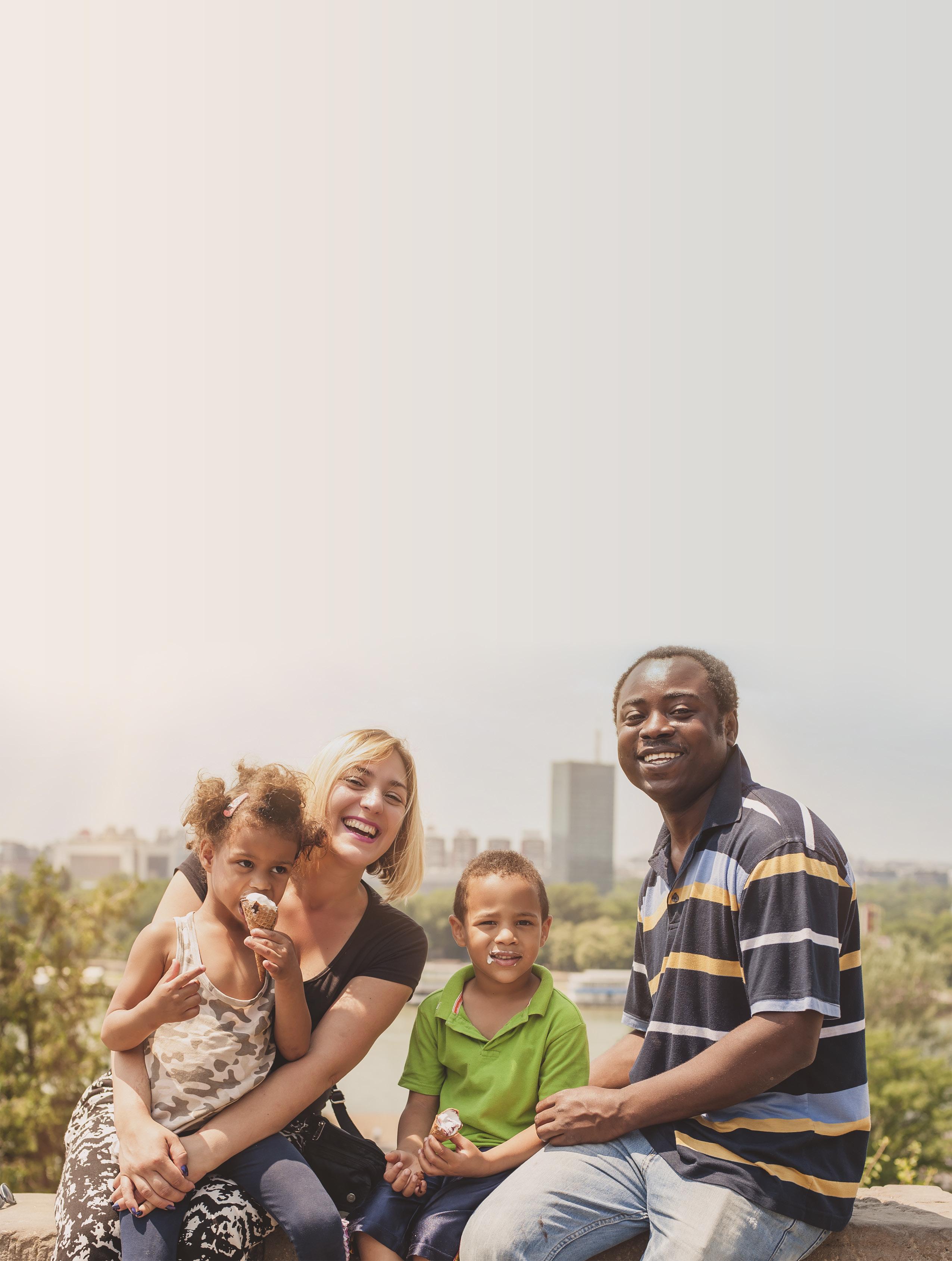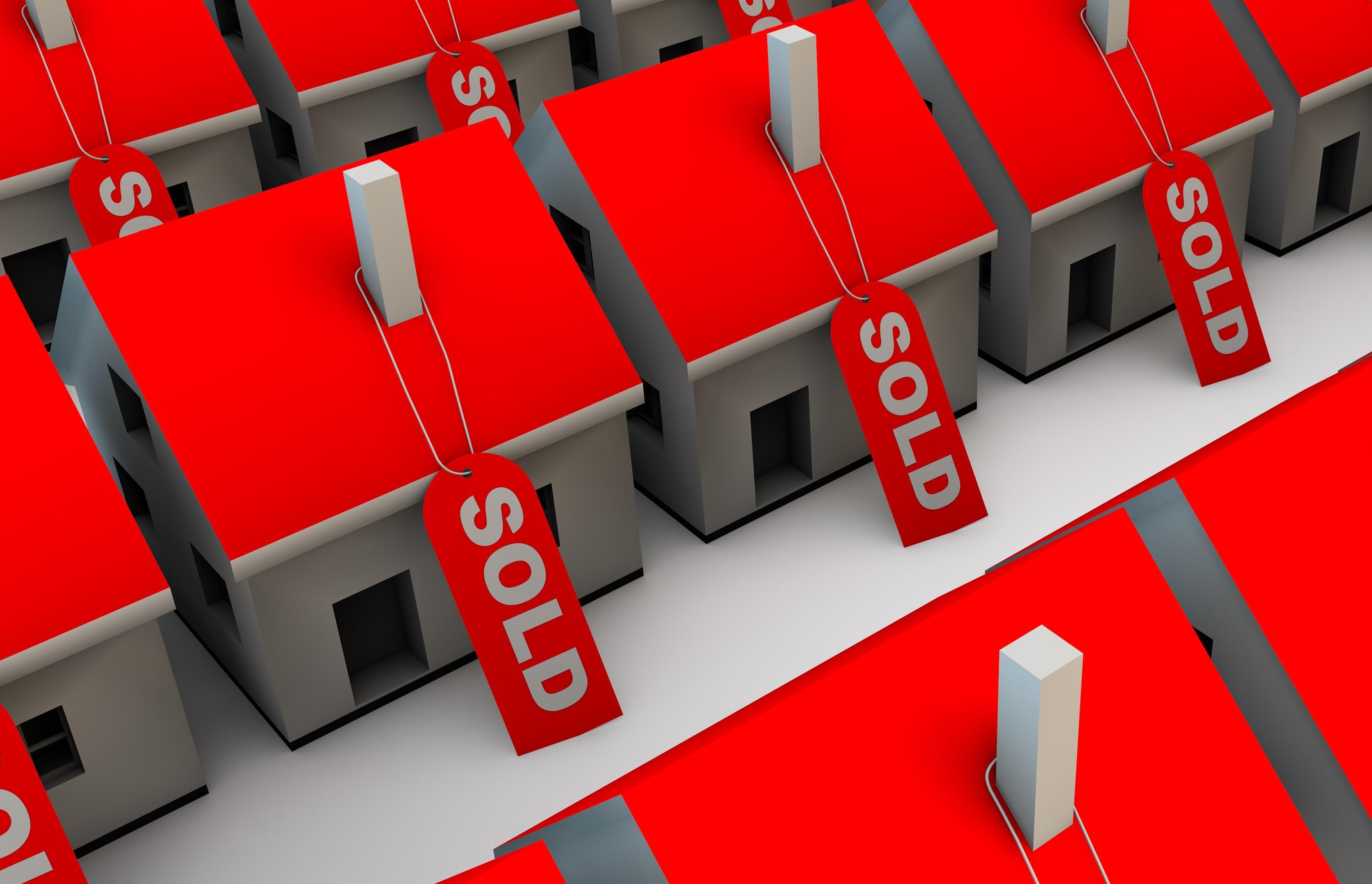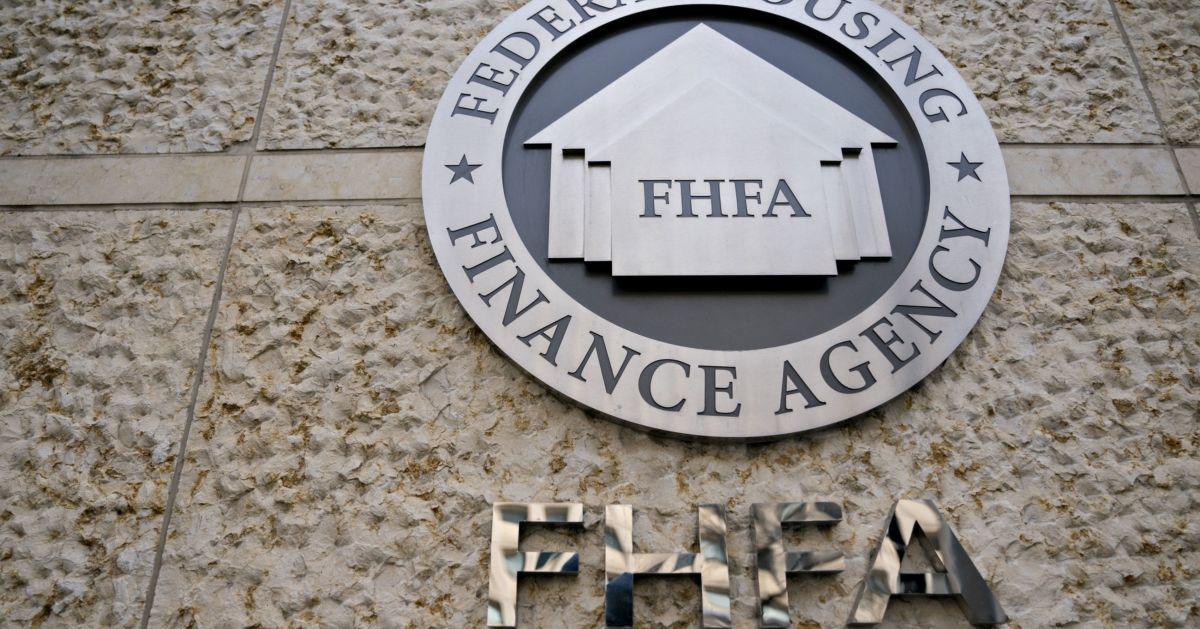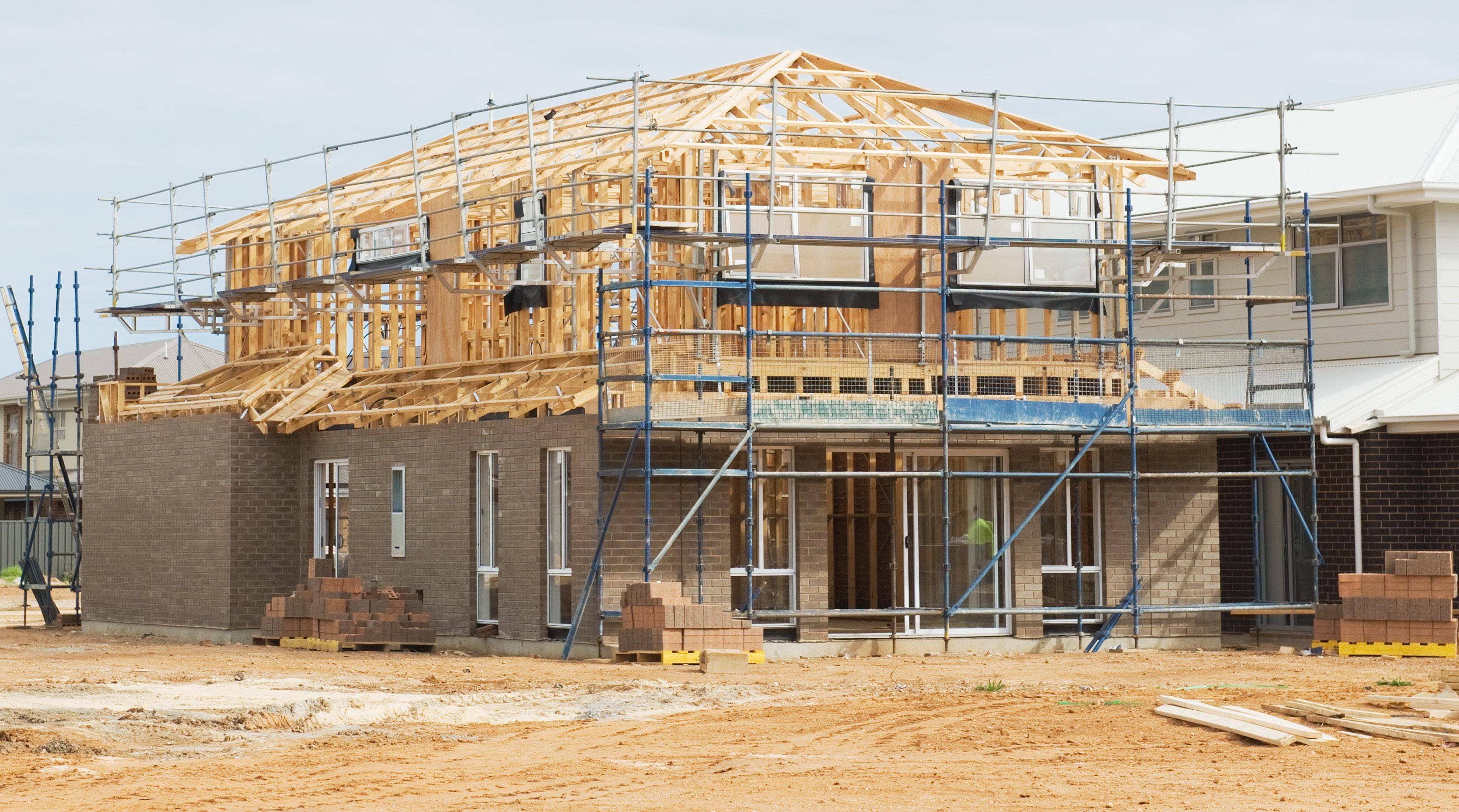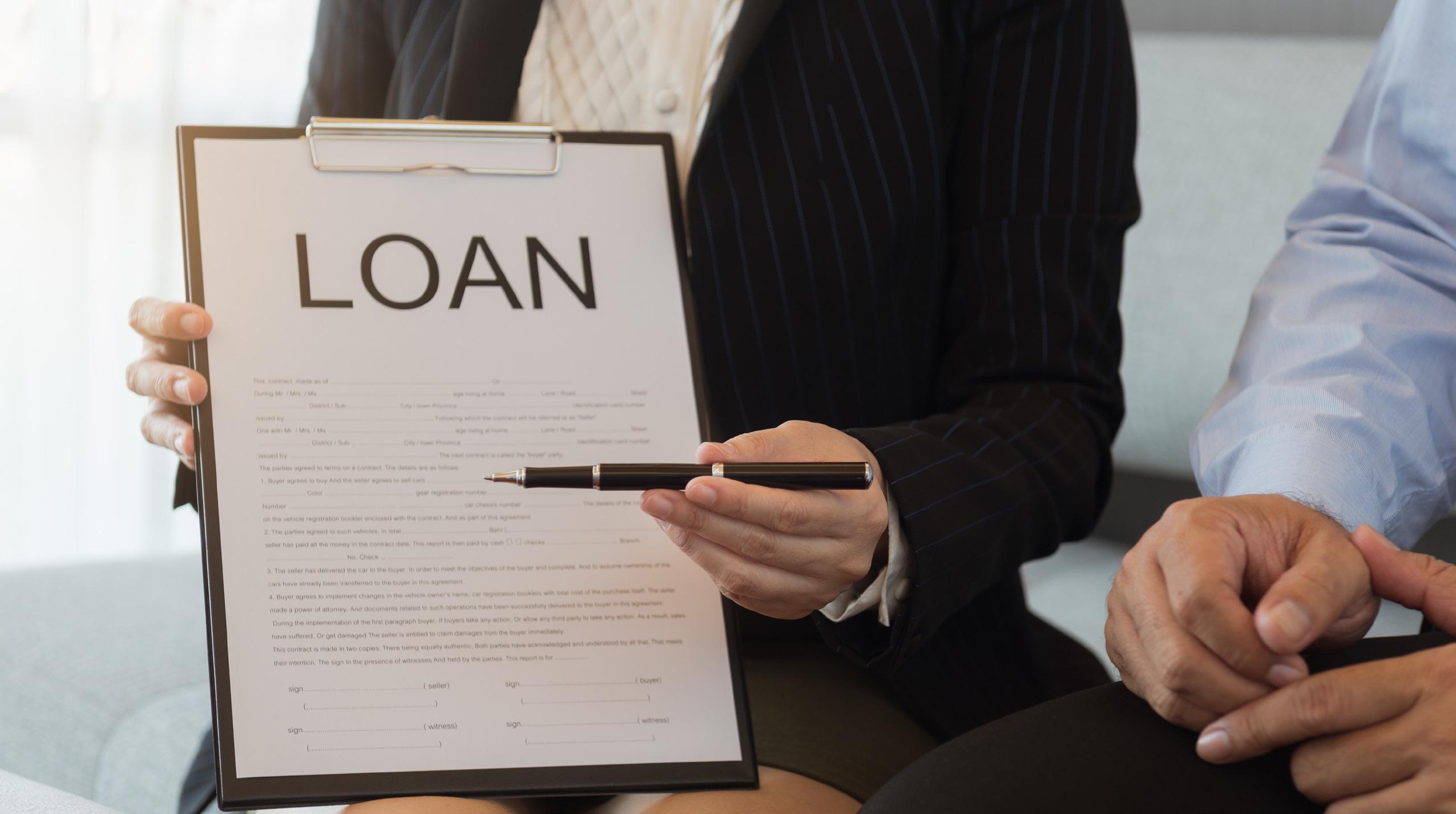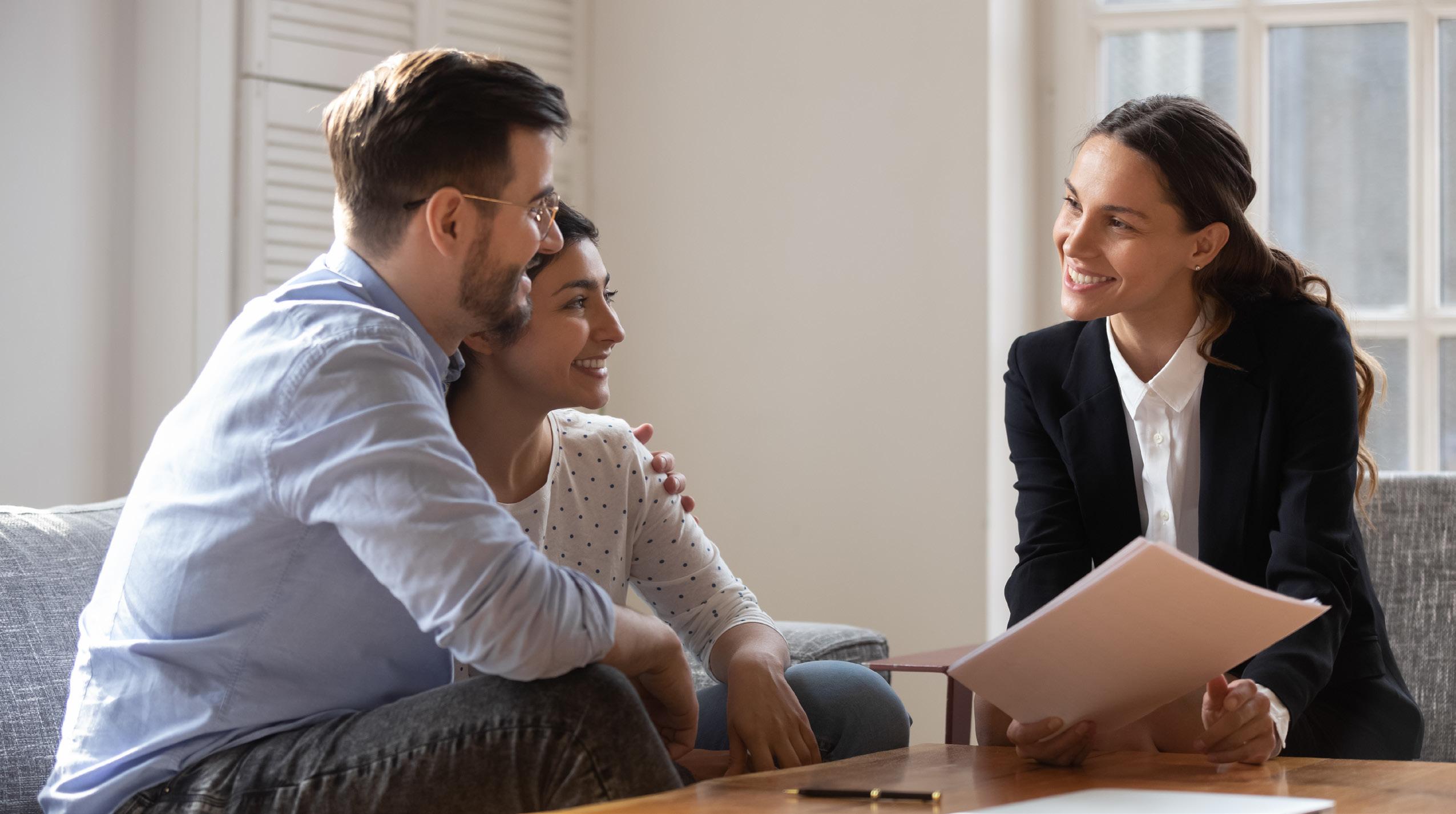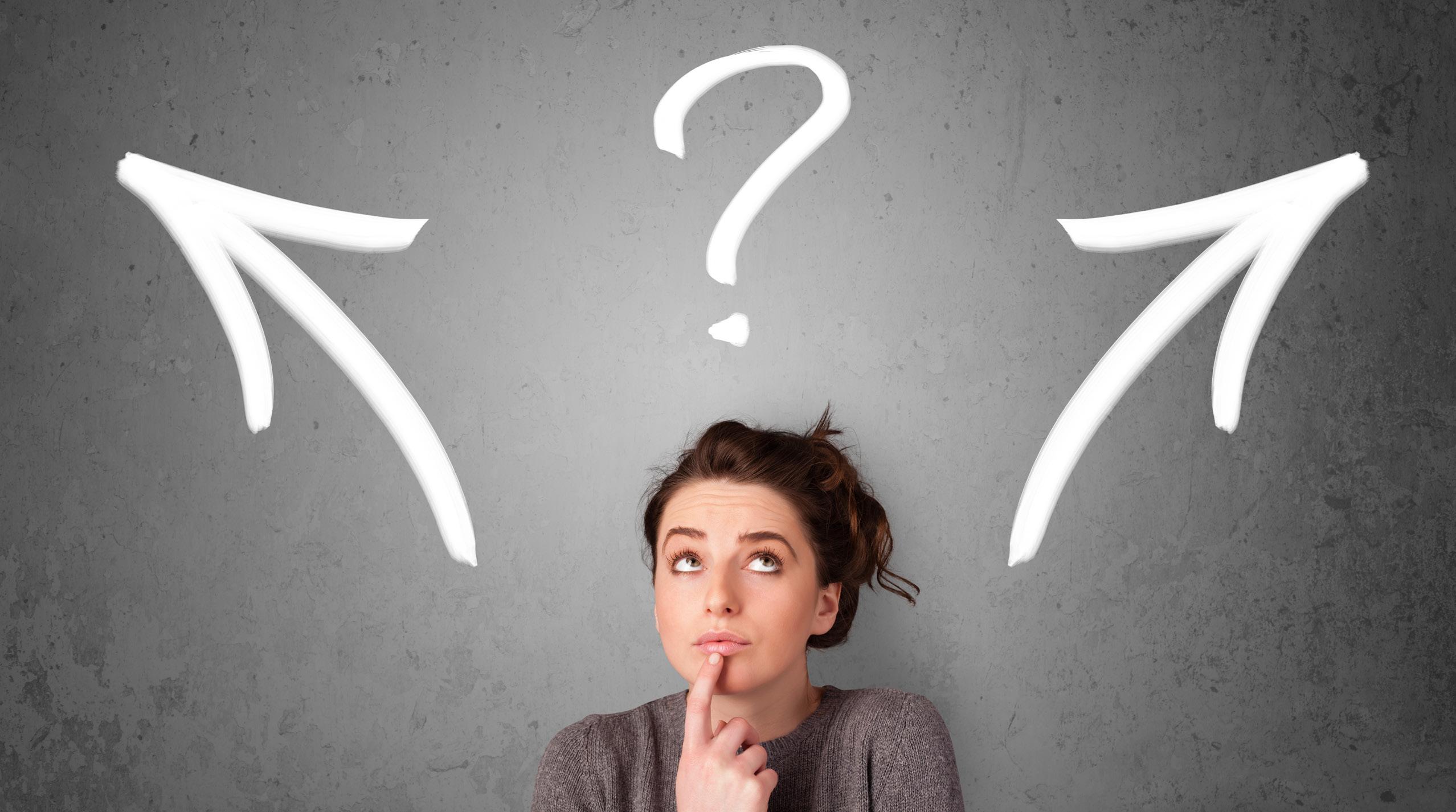
16 minute read
Women Pay Higher Mortgage Rates in
The U.S may be a free land where most people come to chase their dreams but at the same time it comes with a lot of wonders. Besides the racial disparities that are deeply rooted in the land, gender disparities are there too especially in the housing industry. This follows after it was recently established that even in the 21st century, women in some parts of the US pay more for mortgages than men when buying a house.
Own Up, a mortgage comparison site, analyzed Home Mortgage Disclosure Act (HMDA) data and found out that women pay more for mortgages in 49 out of the 50 US states. Alaska is the only exception. On the other hand, single women in Mississippi paid an average of 3.47% on a 30-year conventional fixed-rate mortgage in 2019, while single men on average paid 3.37%, according to data from HMDA. This means that single women in Mississippi paid roughly $7,000 more in mortgage payments compared to single men over the lifespan of the loan.
According to Patrick Boyaggi, CEO and founder of Massachusetts-based lending startup OwnUp, this issue hasn’t drawn enough attention in the mortgage space.
“The latest HMDA data makes it startlingly clear – women are largely being left out of the conversation,” Boyaggi said. “Recent HMDA data confirms that discrimination in the homefinancing process is very real. The main reason? Many female borrowers simply fail to shop around for the best possible rate, which translates into losing thousands of dollars over the total life of their loan.”
Boyaggi, however, admits his analysis is not exactly revelatory, and his intention is not to determine all the reasons women pay more. According to him It’s more important to acknowledge there’s a problem and take action.
WOMEN PAY HIGHER MORTGAGE RATES IN 49 STATES
“I am not certain everybody is

aware of it or believes it’s a real issue,” Boyaggi said. “We believe it is a systemic-wide problem… women are not being treated fairly…For us, it’s really about it not being 50-50. And therefore, it’s a systemic problem. Let’s bring that to light first and let’s start worrying about the solutions versus trying to nitpick as to why it is an issue. It is an issue. We know it’s an issue. How do we make it better, versus trying to justify it or come up with some kind of rationale for it.”
The analysis of the HDMA data revealed five states where women pay more on mortgage which included Mississippi (delta of $7,077 over the course of the mortgage), Alabama (delta of $6,006), Ohio (delta of $5,856), Florida (delta of $5,591) and New Jersey (delta of $5,515).
The analysis also established that single women paid an average of 3.21% while single men paid 3.23% in Alaska. The four other best states where women were not overpaying so much on mortgages were Maine, Wyoming, Montana and Oregon, where single women paid between 1 and 3 basis points more on mortgage rates than single men.
Elsewhere, another 2016 Urban Institute (UI) study revealed that single women were better at settling their mortgages compared to single men, despite the rate difference. The study also established that single women borrowers are more likely to be minorities, from poorer areas, and often have a mortgage loan that takes a big share of their income.
123rf.com
WHAT CAUSES THIS?
“One possible explanation is that women, particularly minority women, experience higher rates of subprime lending than their male peers,” the UI study said. “Another explanation is that women tend to have weaker credit profiles. We find that both these explanations are true and largely account for the higher rates.”
Asked the possibility of biasness against women borrowers, Guy Cecala, CEO of Inside Mortgage Finance, in an interview with Wharton Business Radio in 2016 revealed that there ‘can be.’
“The mortgage market prides itself on being color blind, and essentially using a black box, but any sort of black box basically discriminates against single borrowers, lower-income borrowers and borrowers with lower credit scores. If those happen to be predominantly women, you have to assume that they are getting that kind of treatment from the mortgage market.”
WHAT’S THE SOLUTION?
According to Boyaggi, more awareness simply needs to be raised.
“There’s a lot of things that happen in this industry where if you just looked at it you’d be like, ‘Oh 10 basis points, .010%. What are we talking about?’” he said. “But if you were to say, ‘Hey, this gas station charges women 10 cents more than men,’ we would be in an uproar. There would be stories about it everywhere, right? People would vilify that gas station, and rightly so.”
Work cited.
https://www.housingwire.com/articles/ women-pay-higher-mortgage-rates-in49-states/.
HERE’S HOW WE BUILD AN EQUITABLE HEALTH WORKFORCE
The US is indeed a unique place, being a free land and at the same time being the place where most things are never shared equally among all communities. In the ongoing pandemic, there is a rhetoric that is going around that we are in this pandemic together. However, data clearly shows the opposite, as it has been revealed that the ongoing pandemic is affecting some communities more than others.
“It’s huge, it’s like a bombshell … I’ve talked to critical care docs and pulmonary docs who did not know this,” says Dr. Noha Aboelata, a physician and the CEO of Roots Community Health Center in Oakland, which primarily serves Black patients. Dr. Noha refers to a design flaw in many oximeters, a common medical device used to measure oxygen levels including in COVID-19 patients.
Research has established that most times, oximeters exaggerate oxygen saturation in patients of color, a defect that can be fatal when health workers are choosing between whether or not to hospitalize patients or provide them with additional oxygen. The flaw was first identified by UCSF researchers in a 2005 study and later in 2007.
Something which was categorized as systematic racism, the research was largely ignored until deep in the middle of the COVID-19 pandemic, when some would say it is too late. Regarding this, some health experts such as Dr. Noha have attributed the oximeter design flaw to the higher rate of COVID-19 deaths among African-American patients.
“Now I really believe this is at least part of it,” Dr. Noha revealed in an interview early this year. However, the oximeter design flaw is just an example of how systematic racism can exist in health care systems and result in potentially tragic outcomes for the minority or under-represented communities.
Elsewhere, a study by the Brookings Institute reveals that African-American and Latinx Californians are recording disproportionately high rates of COVID-19 deaths compared to the whites. This is largely attributed to the adverse structural conditions faced by African-Americans that result in poorer health outcomes.
For instance, most African-Americans live in neighborhoods that have experienced decades of disinvestment and economic hardships due to redlining, resulting in unhealthy eating options, public safety investments, and economic opportunities. Moreover, African-American workers are more likely to work in jobs categorized as “essential,” exposing them to higher risks of contracting the coronavirus. The mixture of the factors stated above result in deadly outcomes.


Besides the said structural inequalities, African-Americans and Latin communities are underrepresented in the health workforce. This means that providers who do not understand their patients’ culture or race can indeliberately miss signs of serious conditions or fail to offer care that may be necessary, resulting in fatal outcomes.
WHAT CAN BE DONE?
First, to deal with the underrepresentation of minority communities in the health workforce, our leaders must build a diverse and culturally competent health workforce. To achieve this, the leaders should start focusing on making investments in the vulnerable and medically underserved communities.
Moreover, policymakers should focus on expanding health career pipeline programs for students from underrepresented communities. Some of these programs in California include the Health Career Connection and Alameda County Health Pathway partnership. These programs attract talented students of color into health care and public health careers and provide them with invaluable experience in the public health sector as well as open doors for them to pursue different careers in health policy.
Additionally, legislators in California in California should support the bill tabled by Sen. Melissa Hurtado that requires the state to establish a multiyear pilot program known as the California Medicine Scholars Program, which would provide a path for historically underrepresented students in California’s community colleges to get enrolled in medical schools.
Moreover, our policymakers should also focus on preventing systemic bias in medical trials if we are to achieve racially equitable outcomes. We can’t afford to repeat what happened and what is still happening with pulse oximeters.
Dr. Noha, who has watched her community members suffer and die disproportionately, believes that “From a regulatory perspective, there must be something that can be done.”
Work cited.
https://www.calhealthreport. org/2021/02/03/analysis-we-can-buildan-equitable-health-workforce-hereshow/.
MAY IS ASIAN-PACIFIC HERITAGE MONTH:
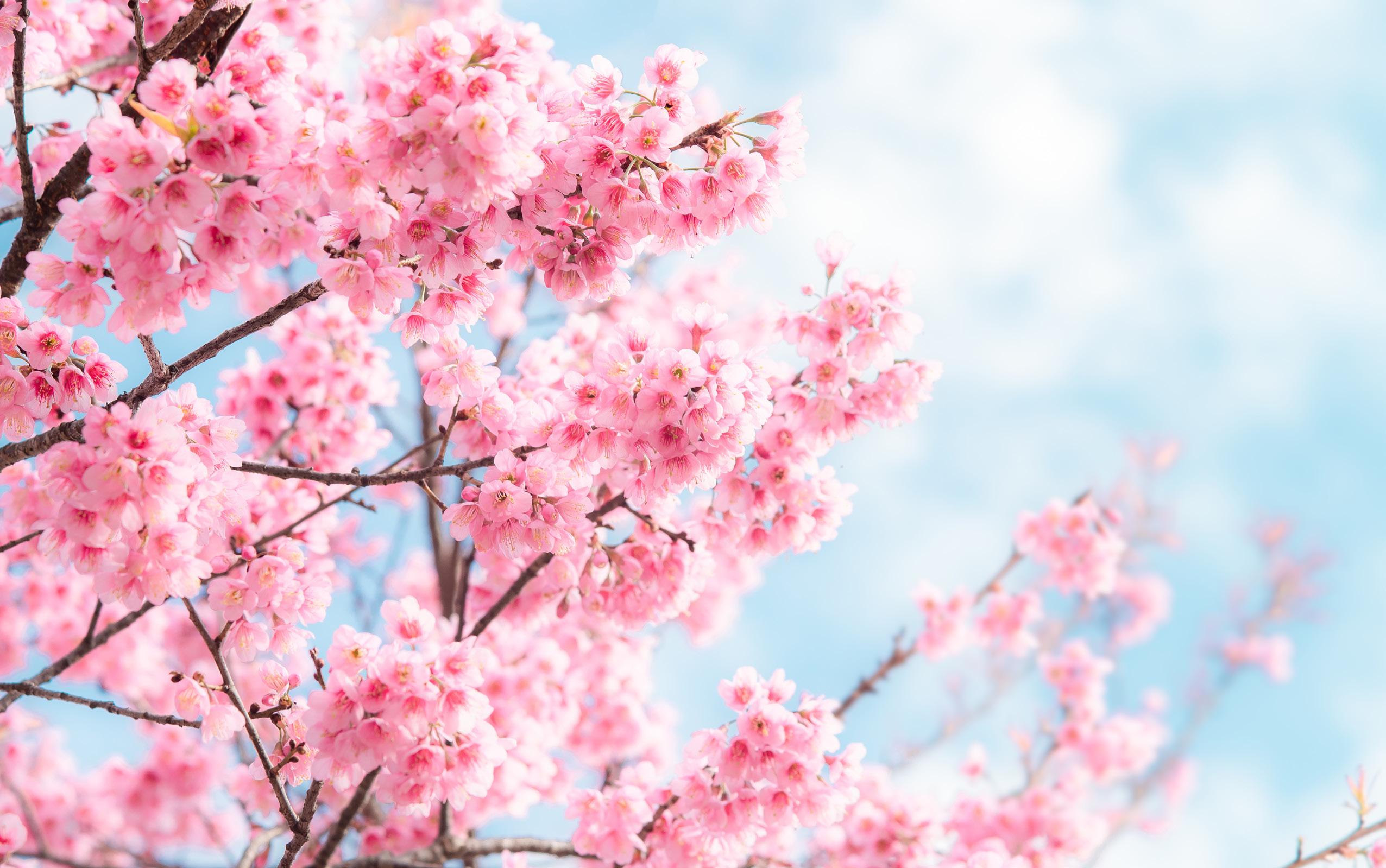
The Asian Pacific American heritage Month, now officially identified as Asian American and Pacific Islander (AAPI) Heritage Month is marked in the month of May. The period was set aside to celebrate the culture, traditions, and history of Asian-Americans and Pacific islanders in the US.
HOW DID IT COME TO BE?
In a 1978 joint congressional resolution, the Asian/ Pacific American heritage Week was established. The first 10 days of May every year were picked to coincide with two important milestones in Asian/ pacific American history. The first important milestone is the arrival of first Japanese immigrants in the US on May 7, 1843; while the second one is the contributions of Chinese workers on the construction of the transcontinental railroad, which was completed on May 10, 1869.
Later in 1992, Congress extended the observance to a month-long celebration that is now known as the Asian American and Pacific Islander Heritage Month. In a 1997 US Office of Management and Budget directive, the Asian or Pacific Islander racial category was divided into two categories: the Asian, Native Hawaiian, and Other Pacific Islander.
We have a few things you may need to know about the Asian/Pacific community below. All the figures refer to the Asian population in the US.
WHAT YOU NEED TO KNOW ABOUT THE ASIAN COMMUNITY.

• Did you know that the estimated number of Asian alone- or in combination- residents in the US was 22.9 million according to 2019 data? The estimated number of the Asian population of Chinese descent, exempting the
Taiwanese, in the US was 5.2 million in 2019.
The Chinese population, exempting the Taiwanese, is the largest Asian group, followed by Asian Indian (4.6 million), Filipino (4.2 million), Vietnamese (2.2 million), Korean (1.9 million), and Japanese (1.5
million). For Native Hawaiian and Other Pacific Islanders alone or mixed, the number was 1.6 million. • Moreover, the percentage of Asians alone or in combination (by combination I mean Asians who have mixed with other races or groups) who were military veterans was 2.5% in 2019, while that of Native
Hawaiian and Other Pacific
Islander was 7.2%. • The percentage of Asian population alone or in combination aged 25 years or older who had a bachelor’s degree or higher level of education in 2019 was 54.6%, while that of
Native Hawaiian and Other
Pacific Islander was 23.8%. • The percentage of Asian population alone or mixed aged 25 years and older who had at least a high school diploma or equivalency was 88.3% in 2019, compared to 88.7% for native Hawaiian and Other Pacific Islander. • Did you also know that the estimated number of Asianowned employer firms in the
US was 577,835 in 2018, while Native Hawaiian and
Other Pacific Islander was 6,653?
HOW TO CELEBRATE THE AAPI HERITAGE MONTH.
Before we get into this, it’s important to admit that there has been a lot of misconceptions surrounding the AAPI community. Despite its diversity, some still often see the AAPI as members of a monolith— successful, proficient in math, winders of the “model minority” lottery, and so on. However, the reality is far more complicated. To clear such misperceptions, the Smithsonian Asian Pacific Center (APAC) published a video last year titled ‘We Are Not a Stereotype.’ The video breaks down several topics including Asian-Black solidarity movements for liberation, the model minority myth, occupation of the Hawaiian Kingdom, among others. You can check out the video at Smithsoniapa.org. The vide is also recommended to teachers, parents, and other caregivers who teach. Watching the video would be a great way to honor the AAPI Heritage Month.
Other activities you can engage in this AAPI Heritage Month include reading books on AAPI history with your kids or siblings, have a watch party with your family, and visit a museum virtually to learn more about the history of AAPI.
Work cited.
https://www.census.gov/newsroom/facts-for-features/2021/ asian-american-pacific-islander.html. https://data.census.gov/cedsci/table?q=ACSSPP1Y2019. S0201&t=-02%20-%20All%20available%20basic%20races%20 alone%20or%20in%20combination&tid=ACSSPP1Y2019. S0201&hidePreview=false

CELEBRATING CINCO DE MAYO IN STYLE
Cinco de Mayo, or the Fifth of May in English, is a Mexican holiday celebrated in some parts of Mexico and the US to commemorate the date of the Mexican’s army May 5th, 1862, victory over the French forces of Napoleon III in a battle known as the Battle of Puebla during the Franco-Mexican war. In other words, Cinco de Mayo is the Anniversary of the Battle of Puebla. While it may be a relatively minor holiday in Mexico, Cinco de Mayo had evolved into a commemoration of the Mexican culture and heritage in the US, particularly in areas dominated by Mexican-American communities. However, it’s worth noting that Cinco de Mayo is not a celebration of Mexican Independence Day; rather, it’s a celebration of a single battle won by Mexican forces.
A BRIEF HISTORY OF CINCO DE MAYO
At this particular time, Mexico was in financial ruin after years of internal strife, which forced the then-president
Benito Juárez to default on debt payment to European authorities. Reacting to this, France, Britain, and Spain sent their naval forces to Veracruz to demand the payments. Britain and
France, under Napoleon III, saw this as an opportunity to carve an empire out of the indebted Mexican territory. In late 1861, a well-armed fleet of French army stormed Veracruz and landed a massive force of troops, forcing President Juárez and his government to retreat.
Excited by the move and certain victory would come swiftly, 6,000 French troops under Genera; Charles Latrille de Lorencez set out to attack Puebla de Los Angeles, a small town in east-central Mexico.
From his new northern headquarters, President Juárez gathered a ragtag force of 2000 loyal men, with most of them being indigenous Mexicans or of mixed ancestry, and sent them to secure Puebla led by Texas-born General Ignacio Zaragoza.
The outnumbered and poorly supplied Mexicans fortified Puebla and prepared for the French assault. On May 5, 1862, the heavily armed French troops gathered before Puebla and led an assault. The battle lasted from daybreak to early evening when the French troops retreated after losing nearly 500 soldiers compared to less than 100 Mexicans who had died in the clash.
While the victory at the Battle of Puebla wasn’t a major strategic win in the overall war against the French, Zaragoza’s success at the May 5 battle marked a significant symbolic victory for the Mexican government and strengthened the resistance movement. France later withdrew from Mexico in 1867, thanks to the military support and political pressure from the US, which was eventually in a position to come to aid its needy Later on, Puebla de Los Angeles was renamed for General Zaragoza, who died of typhoid fever months after his historic triumph.
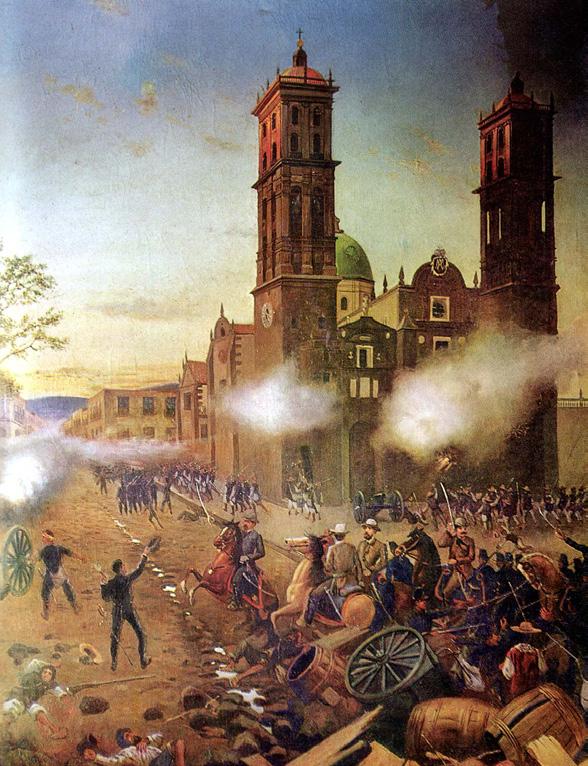
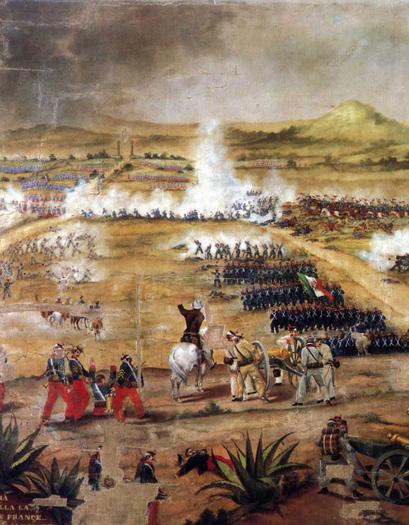
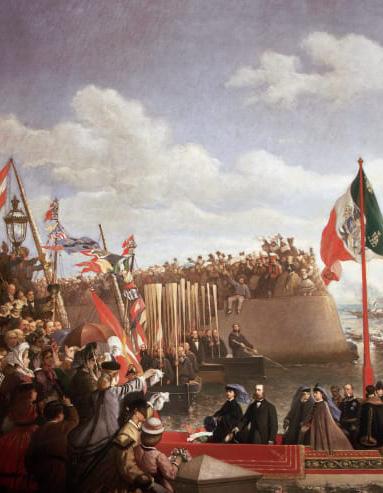
HOW TO CELEBRATE CINCO DE MAYO AMID THE PANDEMIC.
This year, same as last year, maybe a bit different since we are still in the middle of a deadly pandemic. But still, that doesn’t mean you should sit around and do nothing on the Fifth of May.
One way you can celebrate Cinco de Mayo this year is by supporting your local Mexican restaurant. Although some businesses have unfortunately closed down, there is a chance you will find a nice local spot for tacos, tamales, or taquitos. If none, you can consider trying out one of the Mexican restaurants offering delivery services.
You should also consider tuning in to some mariachi music this 5th of May. Alternatively, remember to support your local mariachi musicians whose source of income was cut off by the pandemic.
Additionally, consider making some donations to some cultural centers in your area to help them stay afloat until the return of normalcy. For those around California, some cultural centers in the area include the Museum of Latin American Art in Long Beach and the Mexican Cultural Center of Northern California.
Work cited.
https://www.history.com/topics/holidays/ cinco-de-mayo. https://www.latimes.com/lifestyle/story/202005-05/5-ways-to-celebrate-cinco-de-mayo-athome.
HOME OWNERSHIP
by Eric Lawrence Frazier MBA
Home ownership brings stability to individuals and families who have never had a dwelling place that they could call their own. There is something special about owning real estate that is unlike anything else on earth you can own.
Real Estate you own is not like cars that decay over time and you have to replace them. Real Estate you own is not like clothes that go out of style and you have to buy new ones. Real Estate you own is not like expensive vacations or experiences that only last a moment in time. Real Estate you own is not like an apartment where the landlord may increase the rent until it’s no longer affordable. Real Estate you own is not like staying at your parents house where you know can’t stay forever.
Home ownership is the beginning of wealth that increases over time and becomes your estate & legacy Home ownership is the pride of a mother nurturer and the kitchen her domain Home ownership is the pride of a father provider and protector of his territory and family. Home ownership is the foundation of permanence and the place where life happens, birthdays celebrated, deaths mourned.
Home ownership is the place you build memories that can never be taken from you. Memories etched in walls and concrete, experienced in rooms and floors, Memories living in trees and shrubs planted by your hand. Howe ownership is the manifestation of you - your style, your colors, your smell, your stuff, your junk, your memories, your yard and your spaces, your life.

It’s the height markers on your first child’s bedroom wall. It’s the hearts drawn in the concrete slabs when you pour your patio floor
It’s the birthday parties, and anniversaries in the living room and kitchen. It’s the back yard barbecue with friends, neighbors and family contentions it’s the high school and college graduation, and wedding receptions Its’ the family nights and block parties and the fellowship of family connections
Home ownership
It’s more than real estate. Land, brick and mortar, wood frame construction and chicken wire. It’s more than money saved, gifts recieved and grants obtained It’s more than the debt you incur to buy it. It’s more than the payments you make to own it. It’s more than the appreciation that comes with keeping it over time.
It’s memories, it’s family, and it’s life that can happen in one place Until you say it’s time to move.
